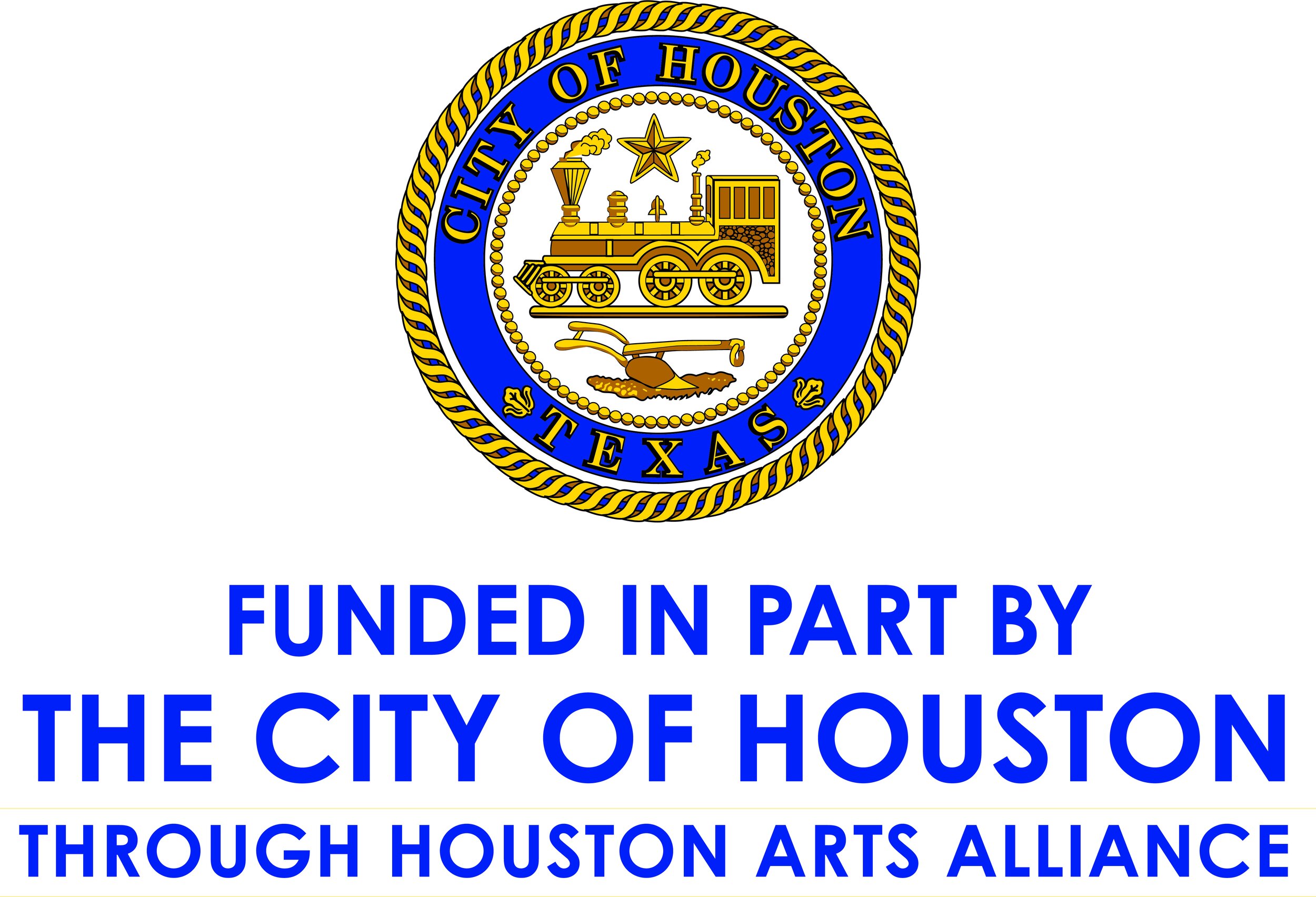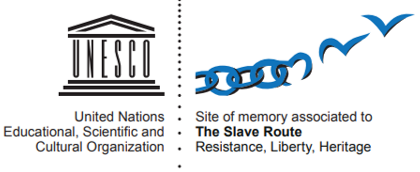Westheimer Family:
A Family Leaving Their Mark on Houston
M.L. Westheimer
Today, the legacy of the Westheimer family is somewhat removed from the plain view of the Houstonians who use the thoroughfare Westheimer Road on a daily basis. Other than becoming frustrated on our phones while trying to figure the correct spelling, we don’t much care why the “e” comes before the “i” or what the story is behind its naming. Running east-west through the city, the street, named after a German businessman, is often overshadowed in memory by John Kirby Allen’s Parkway and former Mayor Oscar Holcombe’s Boulevard.
The first Westheimer immigrated to Texas from Baden, Germany in the late 1850s. Mitchell Louis Westheimer had been a miller in his homeland, but his mark on Houston would be far greater than grinding grain into flour. When he arrived in Houston he quickly bought up a 640-acre tract that extended from where Holcombe Boulevard is today and north to the present Westheimer Road, bounded by Buffalo Speedway on the east and Fondren on the west. After buying his land, Westheimer built a flourmill and also operated for a time as a hay merchant.
He was not alone on his property that sat about five miles outside of town. His wife Bettie had immigrated with him. Together, they would eventually become responsible for sixteen children—eight of their own, three orphans, and five nephews. Even though he lived outside of town, M. L. Westheimer was actively involved in the early Houston community. He was fluent in seven languages and volunteered regularly at the bank and hospital as a translator. He was also one of the most influential members of the Congregation Beth Israel—Texas’ oldest active synagogue.
M. L. became an American citizen in 1867, and by that time he had expanded his business by turning his land into a cotton plantation. On the plantation he built a schoolhouse for his children. He brought in a teacher and invited other children from the community to attend—free of charge. Every school day, children who lived in town would walk the shell-paved path from what was then the south-end of downtown, west to the Westheimer’s schoolhouse.
One of M. L.’s nephews Sigmund Westheimer, better known as Sid, joined his uncle in 1874. Shortly after arriving in Houston, the fourteen year-old was injured in an accident involving his uncle’s flour mill, leaving him with a slight limp. Sid had the vision to further expand the Westheimer brand. He worked hard to open Westheimer Livery, Sale, and Transfer—a stable, wholesale store and moving company. This eventually turned into the Westheimer Transfer Co. before he sold it to Ben Hurwitz in the 1920s. Sid also opened up a funeral home in 1894, complete with an automobile ambulance and hearse service. Later he even tried his hand at the breeding of fancy Jersey cattle.
Having started as his personal access road to downtown Houston, M. L. deeded the right of way of his five mile shell-paved road to the city in 1895 and in 1912 it was connected to the existing Elgin Street. Shortly following M. L.’s death, the road was named Westheimer Road. Today the street begins at Bagby, runs out to Highway 6, and continues all the way to Wallis and Austin County as FM 1093.
Westheimer’s moving truck, courtesy of Houston Metropolitan Research Center, Houston Public Library
Correction submitted by relative Paulette Weber (2022): "I have a correction to your excellent article. There were two brothers - Sigmund and Sid, who were often confused with one another. Sid was probably the one who had the accident and was definitely the one who founded the funeral home. Sigmund founded Westheimer Transfer and Storage. Initially when getting started, the brothers shared one truck for both moving and storage and funerals. More nieces and nephews came later. Thank you for the article about our family.










